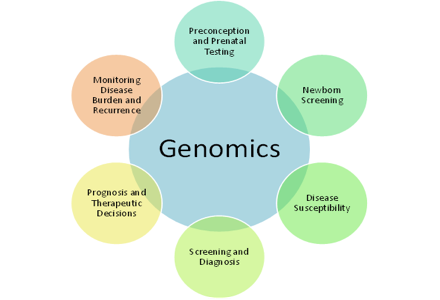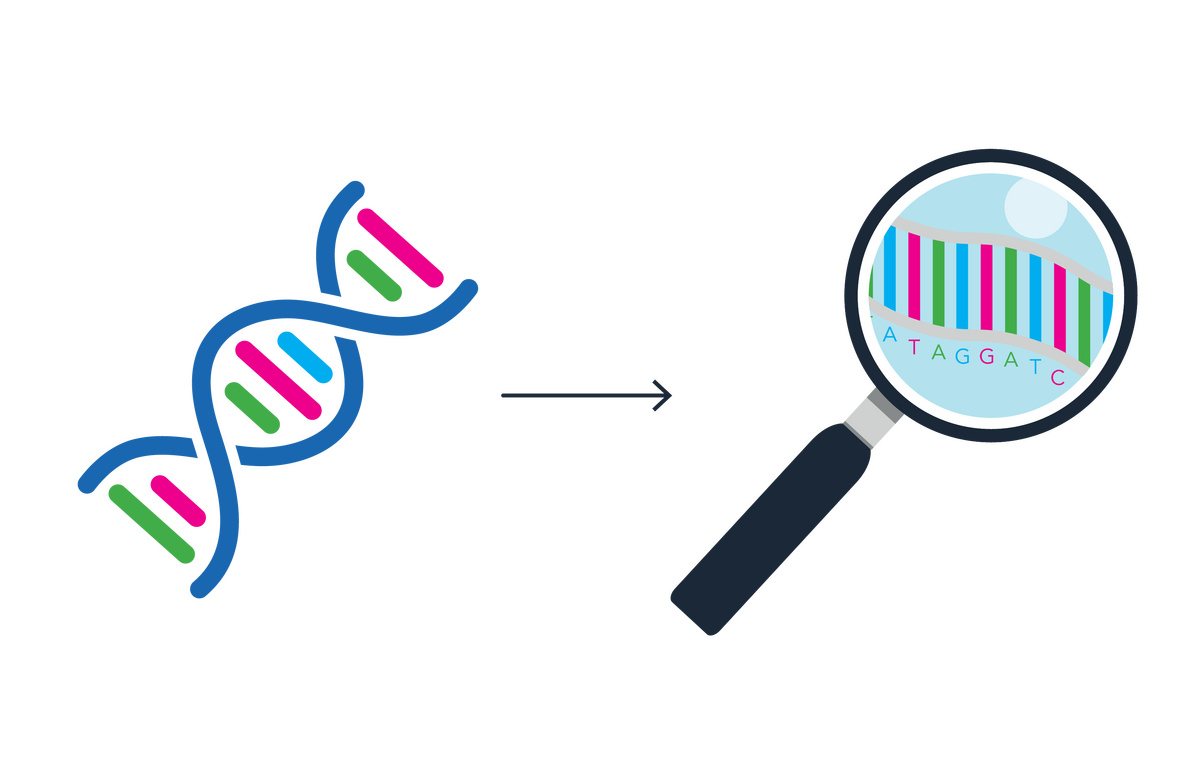

Genomics and DNA Sequencing
Genomics is the branch of biology that focuses on the study of an organism's entire genome-the complete set of genetic material (DNA) within its cells. It involves understanding how genes interact, how genetic information is organized, and how it influences the structure, function, and behavior of an organism. Unlike traditional genetics, which often focuses on individual genes or specific traits, genomics takes a holistic approach by looking at all the genes in an organism's genome and how they work together. It also examines genetic variations across populations, which can help identify the genetic basis of diseases and other traits.
The field of genomics encompasses a range of topics, including gene structure, gene expression, genetic variations, gene interactions, and the role of the genome in evolution. Genomic studies often involve high-throughput techniques that can analyze vast amounts of data quickly, making it possible to sequence entire genomes of individuals, species, or populations. These insights have led to significant advances in fields such as medicine, agriculture, and biotechnology.
One of the central technologies in genomics is DNA sequencing. DNA sequencing is the process of determining the precise order of nucleotides (the building blocks of DNA) in a DNA molecule. DNA consists of four types of nucleotides: adenine (A), thymine (T), cytosine (C), and guanine (G), which pair in specific ways (A with T, C with G) to form the double helix structure. Sequencing involves reading these nucleotide sequences to decode the genetic information stored in the DNA.
Historically, DNA sequencing was a laborious and time-consuming process, but with the advent of Next-Generation Sequencing (NGS) technologies, sequencing has become faster, more affordable, and accessible. NGS allows for the parallel sequencing of millions of DNA fragments at once, producing massive amounts of data that can be analyzed to understand the genome at a level of detail never before possible.


There are several types of DNA sequencing methods, with Illumina sequencing and PacBio sequencing being two of the most widely used techniques. Illumina sequencing uses a method called sequencing by synthesis, where the DNA is fragmented, and each fragment is copied. The DNA sequence is then determined by detecting the incorporation of nucleotides into the growing strand. PacBio sequencing, on the other hand, uses a method called single-molecule real-time (SMRT) sequencing, which allows for the direct observation of DNA synthesis in real time. The impact of genomics and DNA sequencing has been profound in many areas. In medicine, sequencing technologies have led to the identification of genetic mutations responsible for various diseases, enabling more accurate diagnoses, better disease management, and the development of targeted therapies. Personalized medicine is a growing field where treatments and drugs can be tailored to an individual's genetic profile, maximizing their effectiveness while minimizing side effects.
In evolutionary biology, genomics allows scientists to compare the genomes of different species, uncovering evolutionary relationships and providing insights into how species evolve over time. In agriculture, genomics is used to develop crops and livestock with desirable traits, such as improved yield, disease resistance, and drought tolerance. Furthermore, genomics plays a crucial role in forensics, where DNA profiling is used to identify individuals or solve crimes, and in environmental science, where it helps study biodiversity and the impact of environmental changes on ecosystems.
In summary, genomics and DNA sequencing are powerful tools that have revolutionized biology and medicine. They enable researchers to explore the genetic underpinnings of life, offering insights into health, disease, evolution, and more, while also providing practical applications across various industries.